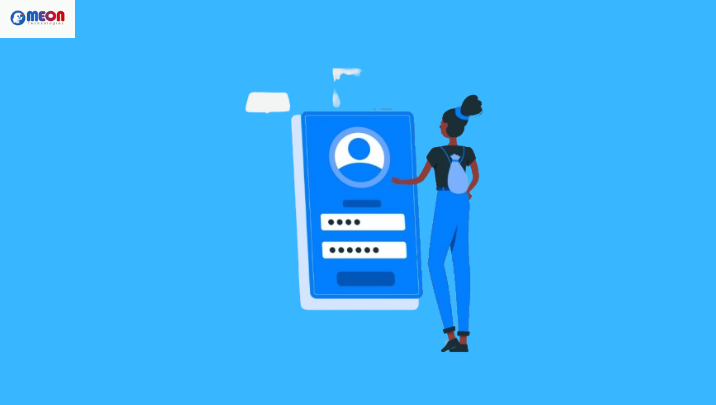In today’s fast-paced world, everything is becoming digital, and the way we sign documents is no exception. Electronic signatures are slowly replacing the traditional methods of signing documents in India. Aadhaar eSign is one of the most popular digital signing methods. However, with so many options available, it’s natural to wonder which is better—whether to use Aadhaar-based eSign or traditional signing.
Here in this guest post we will go into the details and understand the pros and cons of Aadhaar eSign and Traditional signing. So you can decide which one you should choose.
What is Aadhaar Based eSign?
The Indian government introduced Aadhaar eSign, a secure eSignature Service. It allows individuals to sign documents online using their Aadhaar card. The process is simple and fast: you authenticate the signature using your Aadhaar-linked mobile number, which receives an OTP (One-Time Password) to verify your identity. Once verified, you can eSign the document. Moreover, Aadhaar Based eSign is legally recognized in India.
What is Traditional Signing?
Traditional signing is the process where you physically sign a paper document using a pen. People have used this method for centuries, putting their signatures on a piece of paper to show agreement or acknowledgement. Once signed, the document is considered official and can be used for legal purposes. Unlike the eSignature Service, you will physically need to visit to sign the document.

Key Differences Between Aadhaar eSign and Traditional Signing
Convenience and Speed
One of the most significant advantages of eSign Aadhaar is that it is entirely online. You don’t have to print, scan, or physically sign anything. This makes it incredibly fast and convenient, especially for documents that need to be signed on the go. All you need is your Aadhaar-linked mobile number and an internet connection. You can sign the documents from anywhere at any time.
Traditional signing, on the other hand, requires you to be physically present with the document. You need to print the document, sign it, and sometimes scan or courier it to the recipient. This process can be time-consuming and inconvenient, especially for those who are always on the move.
Security
Aadhaar Signature Verification is highly secure. It uses the Aadhaar authentication system, which ensures that the person signing the document is verified through their Aadhaar-linked mobile number. The process of OTP verification adds an extra layer of security. Since the document is digitally signed, there is less risk of tampering or forgery.
With the traditional signing, the security largely depends on the physical document. There is always the risk of the document being lost, stolen, or forged. Unlike the eSign Aadhaar, physical signatures can be easily copied. This increases the chances of fraud.
Cost
Aadhaar-based eSign is generally free for individuals if you’re signing documents for personal or non-commercial purposes. For businesses, the cost may vary depending on the eSignature Service provider offering eSign solutions. Overall it is quite affordable for businesses of all sizes.
On the other hand, traditional signing can incur extra costs such as printing, mailing, and sometimes even notarization. These costs can add up quickly, especially if you have to send documents back and forth.
Legal Validity
In India, Aadhaar eSign is legally valid and recognized by the government. The Information Technology Act, of 2000 provides the legal framework for electronic signatures. This makes electronic signatures as valid as traditional signatures in most cases, including contracts and agreements. So that businesses can use them for signing their confidential documents as well.
For years, people have widely recognized and legally accepted traditional signatures, using them in courts and business transactions. However, for certain high-value transactions, parties may still prefer or require traditional signing, especially when they need a physical record.
Conclusion
Both Aadhaar eSign and traditional signing have their own strengths and weaknesses. eSign Aadhaar offers unmatched convenience, speed, and security for online transactions, making it an excellent choice for digital India. However, traditional signing still holds value in specific situations that require physical presence or paper documentation.
However, in most cases, Aadhaar Based eSign seems to be the better option due to its accessibility and efficiency. But when in doubt, you can check with the eSignature service provider such as Meon. they will guide you based on your requirements for signing the document.

